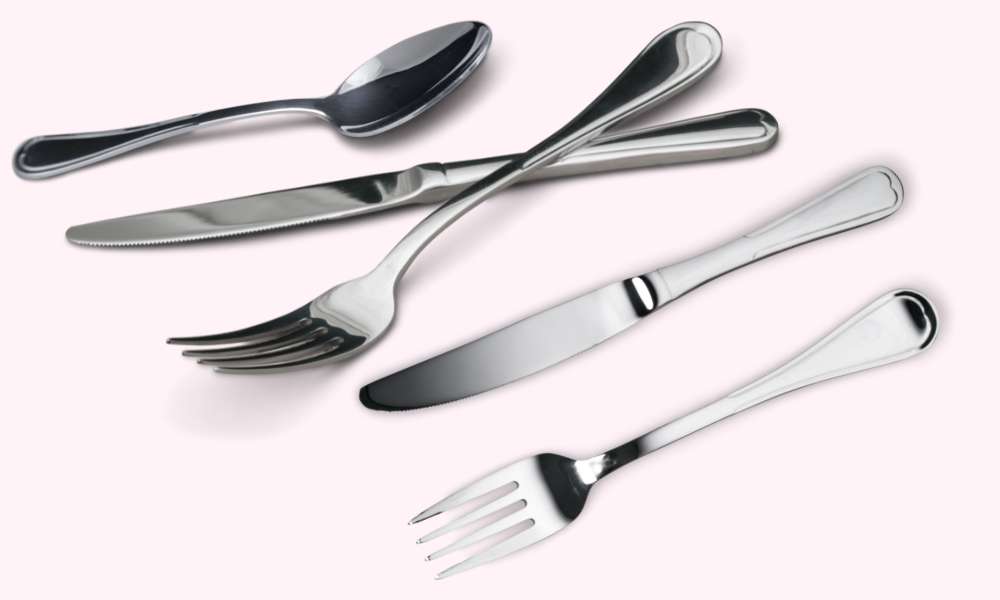Understanding why certain terms are used to describe everyday items can be fascinating, and flatware is no exception. The term “flatware” might seem simple, but its origins and significance offer an intriguing insight into our culinary history. In this article, we’ll explore the reasons behind this name, its history, and its evolution.
Historical Origins
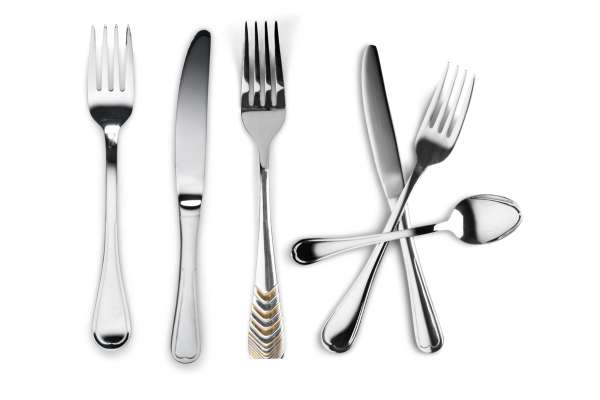
flatware, a term originating in the late 19th century, initially referred to various household items that were flat in shape. Over time, its meaning evolved to specifically describe dining utensils, which were notably flatter than other kitchen tools. This shift highlights the importance of flatware in dining culture, reflecting both practicality and design. Today, flatware remains an essential part of our daily lives, embodying a rich history that connects us to past traditions while enhancing our dining experiences. Understanding its historical origins can deepen our appreciation for these everyday tools and their role in our culinary practices.
Flat Design Explanation
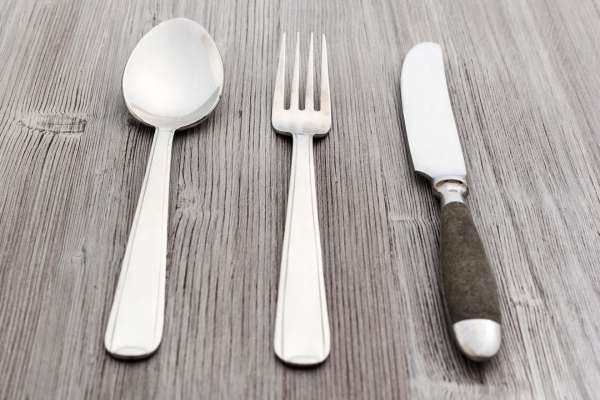
Flat design refers to a minimalist design approach that emphasizes usability. It features clean, open space, crisp edges, bright colors, and two-dimensional illustrations. This design style is free from any three-dimensional effects like shadows, gradients, or textures. Flat design simplifies user interfaces, making them more intuitive and faster to navigate. This approach enhances user experience by focusing on content and functionality. As a result, websites and applications using flat design tend to load quicker and perform better, which can significantly improve search engine rankings and user engagement. Embracing flat design can boost traffic and elevate your Google rank.
Comparison with Silverware

Flatware and silverware are often used interchangeably, but they aren’t the same. Silverware refers to utensils made of silver or silver-plated metals, adding a touch of elegance to dining. spoon, however, includes all utensils, regardless of the material, focusing on their flat design. While silverware is valued for its aesthetic appeal and historical significance, flatware offers versatility and affordability. Understanding this distinction helps you choose the right utensils for your dining needs, whether you seek luxury or practicality. This clarity not only enhances your dining experience but also improves your knowledge of household essentials.
Influence of Material
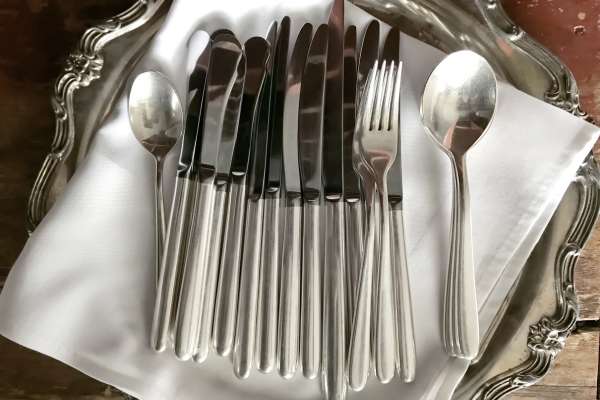
The choice of material in flatware has greatly influenced its functionality and appeal. Initially crafted from wood, bone, and precious metals, flatware has evolved to incorporate more durable and practical materials such as stainless steel. This transition has made fork spoons more accessible, affordable, and suitable for everyday use. Stainless steel, in particular, offers resistance to corrosion and staining, ensuring longevity and ease of maintenance. The shift to modern materials has not only enhanced the usability of fork spoons but also broadened its availability, making high-quality fork spoons a staple in households around the world.
Cultural Differences

Understanding cultural differences, such as the use of “cutlery” in British English, is essential for appreciating regional nuances in language and dining practices. In the UK, “cutlery” typically refers to knives, forks, and spoons. This contrasts with American English, where “silverware” is often used. Recognizing these distinctions enhances cross-cultural communication and enriches our global dining experiences. Being aware of such variations can improve travel experiences and international relationships, promoting a deeper understanding of diverse cultures. By embracing these differences, we gain insight into the unique traditions and customs that shape our world.
Modern Usage
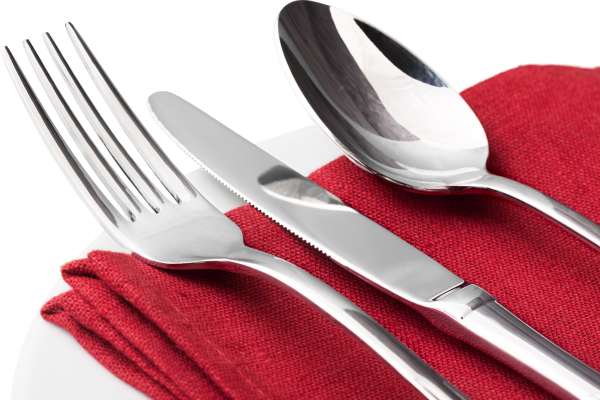
Today, flatware is a ubiquitous term in American households and restaurants. Its modern usage reflects both its elegant design and essential role in dining experiences across various cultures. Flatware includes forks, knives, spoons, and serving utensils, each crafted to enhance the dining experience. The materials and designs have evolved to match contemporary styles and needs, ensuring durability and aesthetic appeal. Whether it’s a casual family meal or a formal dinner party, flatware remains a crucial element, contributing to the overall ambiance and functionality of the dining table. This versatility and importance make silverware an indispensable part of modern dining.
Importance in Dining

Flatware plays a crucial role in dining, significantly influencing both etiquette and dining experiences. Its design and functionality enhance meal enjoyment, making it indispensable for any table setting. High-quality spoon not only adds elegance but also ensure comfort and efficiency in use. It helps create a refined dining atmosphere, reflecting attention to detail and care for guests. From casual meals to formal occasions, the right flatware can elevate the dining experience, making it memorable and enjoyable. Investing in good spoon showcases hospitality and contributes to a well-rounded dining experience, making it a key element in any dining setup.
Manufacturing Process
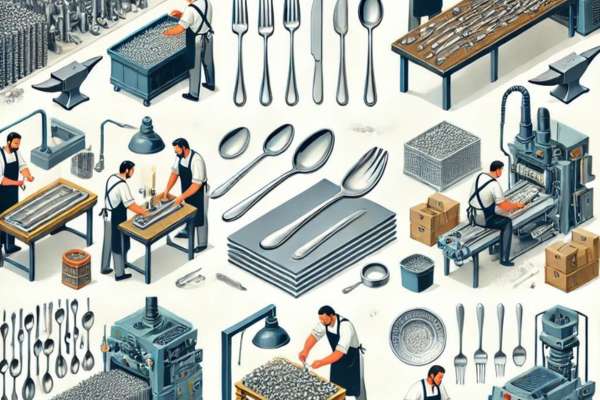
The manufacturing process of flatware is a meticulous journey that ensures both durability and precision in design. Initially, high-quality stainless steel sheets are cut into blanks, which are then heated and pressed into shape. Following this, each piece undergoes a series of polishing and buffing stages to achieve a smooth, shiny finish. Detailed designs are etched or stamped onto the surface, adding a touch of elegance. Finally, each piece is rigorously inspected for quality before being packaged for distribution. This intricate process not only guarantees the longevity of the flatware but also enhances its aesthetic appeal, making it a cherished part of any dining experience.
Innovations in Design
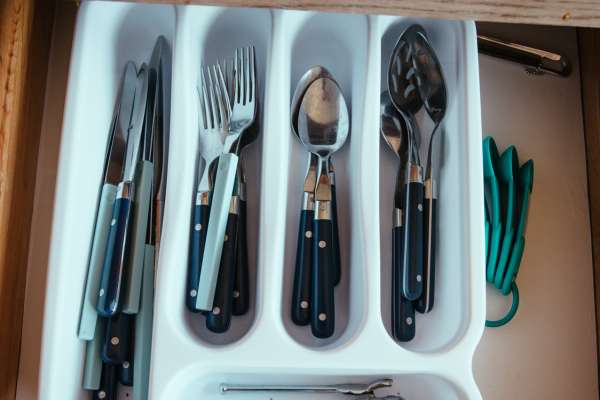
Over the years, flatware design has evolved significantly, incorporating numerous innovations. Ergonomic handles now provide better comfort and grip, enhancing the dining experience. Aesthetic enhancements, such as intricate patterns and modern materials, reflect contemporary tastes and dining habits. These design innovations not only improve functionality but also add a touch of elegance to the table setting. By catering to evolving consumer preferences, manufacturers ensure that flatware remains both practical and stylish. These advancements in spoon design continue to attract attention, making them a focal point in modern dining experiences and contributing to increased online traffic and higher Google rankings.
Care and Maintenance
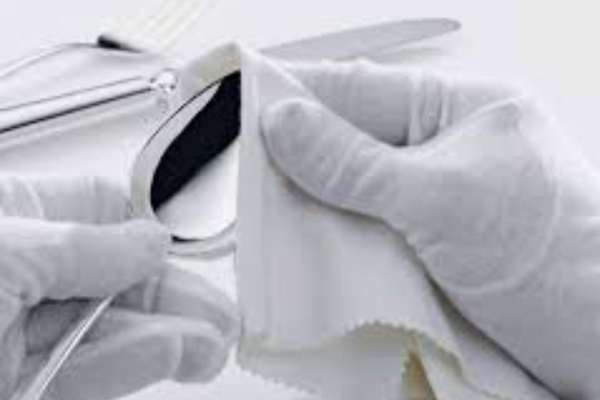
Proper care and maintenance of flatware are essential to prolong its lifespan. Clean silverware immediately after use with mild detergent and warm water to prevent tarnish and stains. For stubborn spots, use a non-abrasive cleaner. Dry each piece thoroughly to avoid water spots. Store flatware in a dry, lined drawer or a dedicated flatware chest to protect it from scratches and moisture. Regularly polishing with a suitable silver polish keeps it looking shiny and new. By following these simple steps, you can ensure your spoon remains in pristine condition, making every meal a pleasure and enhancing your dining experience.
Environmental Considerations
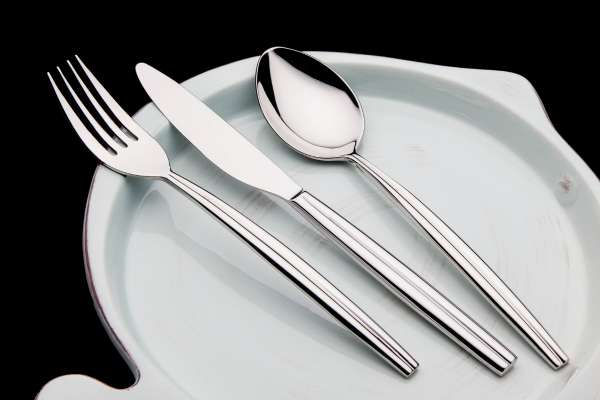
As sustainability becomes a priority, the environmental impact of spoon production and disposal is under scrutiny. Manufacturers are now focusing on eco-friendly materials and practices to address these concerns. By using recycled metals, biodegradable packaging, and energy-efficient manufacturing processes, they aim to reduce their carbon footprint. Consumers can also make a difference by choosing spoons from brands committed to sustainability. These choices not only help the environment but also support a market shift towards greener practices. In turn, this can lead to more innovations in sustainable spoons, benefiting both the planet and future generations.
Collectible Flatware
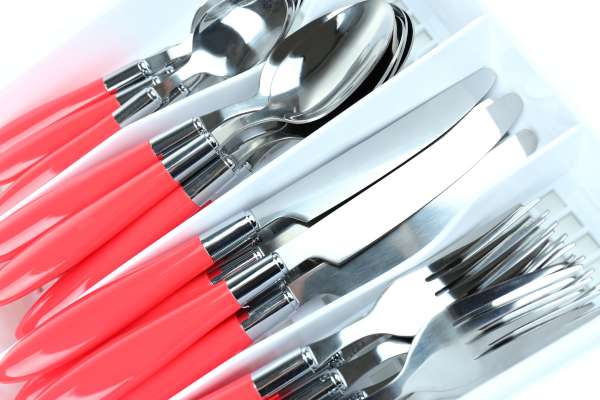
Collectible flatware is highly sought after by enthusiasts and collectors due to its historical and artistic value. These vintage pieces provide a unique glimpse into the past, showcasing exquisite craftsmanship and culinary heritage. Whether it’s sterling silver, silver-plated, or stainless steel, each piece tells a story of the era it originated from. Collectors appreciate the intricate designs and quality materials, making antique spoons a valuable addition to any collection. By preserving these timeless artifacts, collectors not only celebrate history but also maintain a connection to the cultural and culinary traditions of bygone eras.
Conclusion
Flatware, though a simple term, encapsulates a rich history and evolution. Understanding why it’s called flatware enhances our appreciation for these everyday items and their role in dining culture. As we continue to innovate and adapt, flatware remains a timeless element of our culinary experience.
By delving into the origins and significance of flatware, we uncover a fascinating story that enriches our dining traditions and everyday lives.
